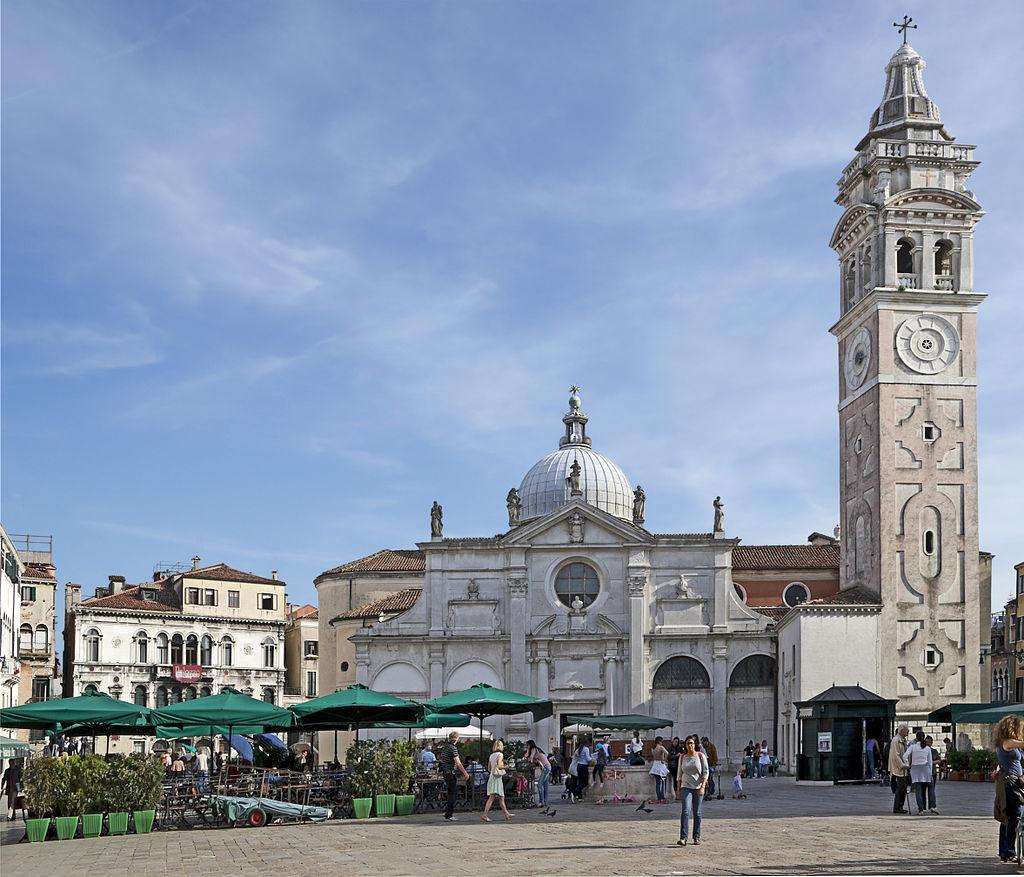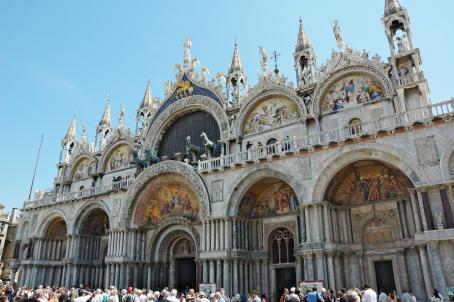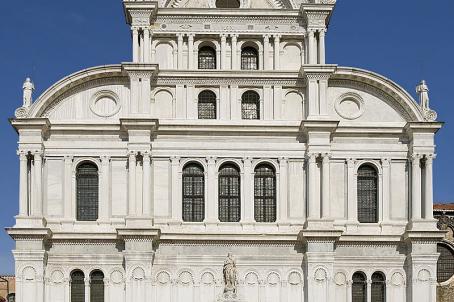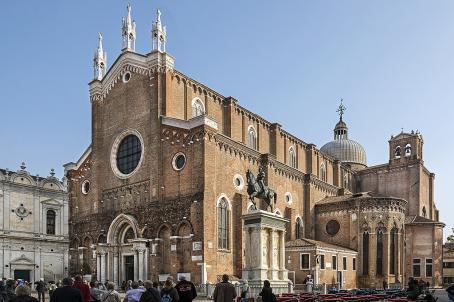Chiesa di Santa Maria Formosa

The church of Santa Maria Formosa was built in 1492 according to the plans of the architect Mauro Codussi. It stands on the site of an ancient church dating back to the 7th century, which, according to tradition, was one of eight founded by San Magno, Bishop of Oderzo. The two facades were commissioned in 1542: one in Baroque style, overlooking the square next to the church, the other in Renaissance style, overlooking the canal.





